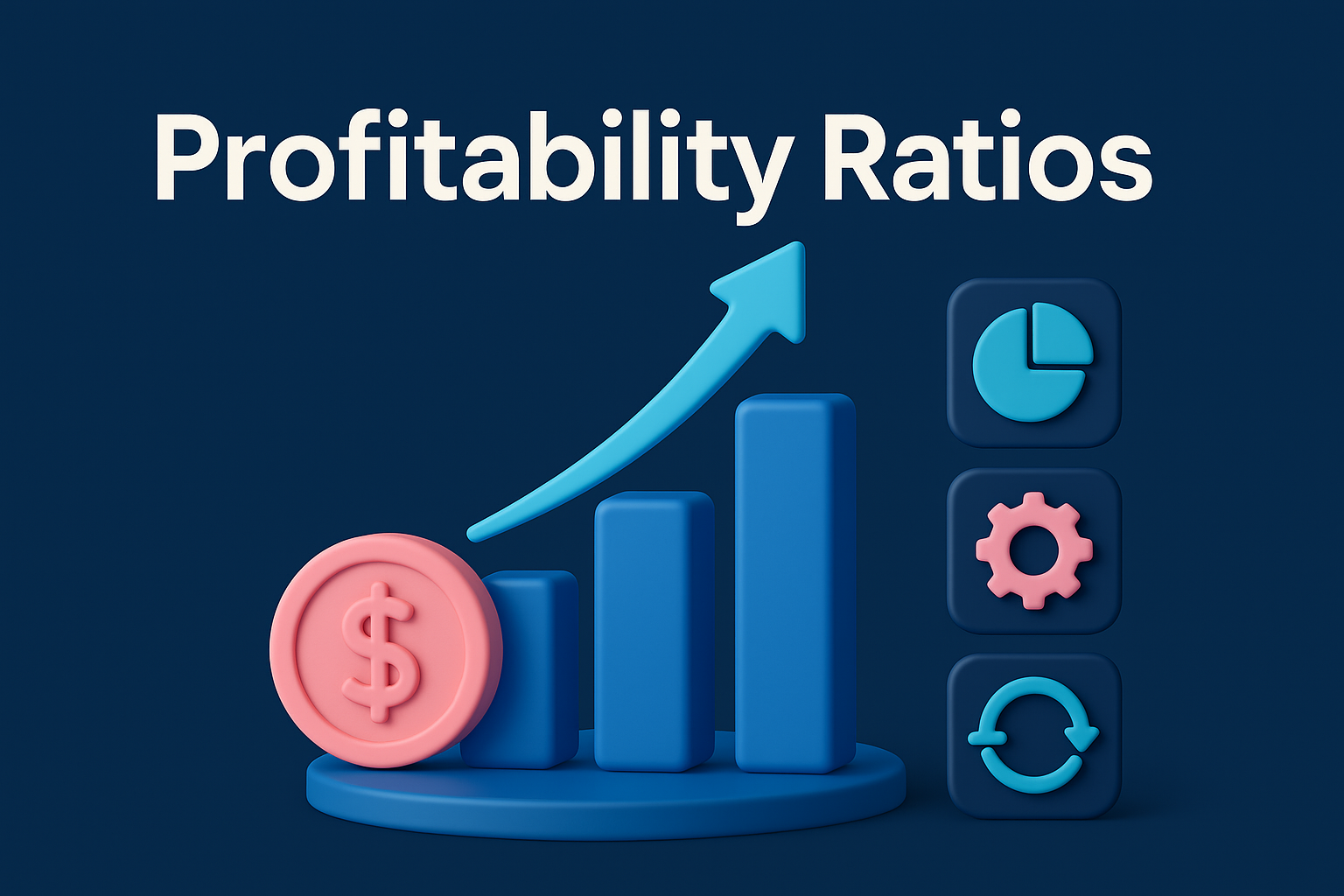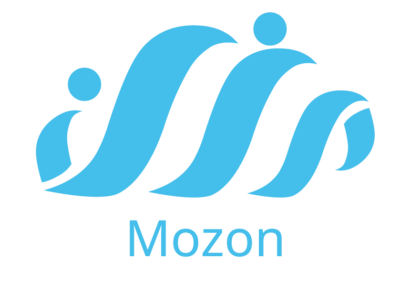Introduction
Inventory management is not simply counting quantities on shelves. It is a strategic system that controls demand, procurement, storage, distribution, and cost simultaneously. Even a minor failure—such as a supplier delay or inaccurate demand estimation—can directly impact sales, reputation, and cash flow. Conversely, effective inventory management enables companies to:
-
Reduce tied-up working capital in stock.
-
Lower carrying, storage, and obsolescence costs.
-
Improve service levels and customer satisfaction.
-
Accelerate cash flow cycles and boost profitability.
This in-depth guide covers the concepts, methods, tools, and KPIs businesses need to master inventory management in both traditional and digital environments.
1) Fundamentals of Inventory Management
1.1 Definition and Types of Inventory
-
Raw Materials: Inputs for production.
-
Work in Progress (WIP): Goods not yet completed.
-
Finished Goods: Ready for sale.
-
Supporting Supplies: Packaging, spare parts, tools.
-
Safety Stock: Buffer inventory to manage uncertainty.
-
In-Transit / Free Zone Stock: Requires customs compliance and special tracking.
1.2 Objectives of Inventory Management
-
Ensure availability to meet demand without disruption.
-
Minimize carrying costs (rent, insurance, shrinkage, obsolescence).
-
Improve data accuracy and forecast reliability.
-
Support financial decisions (valuation, COGS, margins).
-
Enable integration with purchasing, sales, finance, production, and logistics.
2) Classification and Item Hierarchy
2.1 Item Master and Hierarchical Structure
A well-designed item tree simplifies cataloging, pricing, and reporting. Best practices:
-
Define clear levels (main group → sub-group → item → unit/barcode).
-
Capture dynamic attributes (weight, size, expiry date, batch/lot number, origin).
-
Standardize units of measure and conversion factors.
2.2 ABC/XYZ Analysis
-
ABC by Value:
-
A: 20% of items generate ~80% of value → strict control needed.
-
B: Medium control.
-
C: Simplified monitoring, replenished less frequently.
-
-
XYZ by Demand Variability:
-
X: Stable demand.
-
Y: Moderate fluctuations.
-
Z: Highly volatile.
-
Combining both analyses defines tailored replenishment strategies (e.g., A-X tightly controlled with safety stock, C-Z handled in bulk or made-to-order).
3) Replenishment Policies and Ordering
3.1 Reorder Point (ROP)
ROP = Demand during lead time + Safety Stock
3.2 Safety Stock
Calculated to offset variability in demand/lead time.
Formula:
SS = Z × σ(LT)
Where Z = service level, σ(LT) = demand standard deviation during lead time.
3.3 Economic Order Quantity (EOQ)
Balances ordering and holding costs:
EOQ=2DSHEOQ = \sqrt{\frac{2DS}{H}}EOQ=H2DS
Where D = annual demand, S = ordering cost, H = holding cost per unit.
3.4 Control Policies
-
(Q,R): Fixed order quantity when reaching ROP.
-
(P,S): Periodic review every P interval to top up to S level.
4) Inventory Valuation and Stocktaking
4.1 Stocktaking Methods
-
Perpetual: Real-time updates.
-
Periodic: Physical counts at period-end.
-
Cycle Counting: Regular counts for sample items (based on ABC).
4.2 Valuation Methods
-
FIFO: First in, first out. Reflects market pricing.
-
LIFO: Last in, first out (useful in inflationary markets, if allowed).
-
Weighted Average: Simple, stable costing.
-
Actual/Batch Costing: Suited for serialized or high-value items.
Choice of method impacts COGS, profitability, and taxes.
5) Warehouse Operations
5.1 Receiving and Inspection
-
Match PO, invoice, and GRN (3-way match).
-
Inspect quality/quantity, record batch and expiry.
-
Label items with barcodes or RFID.
5.2 Layout and Slotting
-
Place fast-moving items near exits.
-
Design safe aisles, correct racking heights, special cold storage areas.
-
Optimize picking paths.
5.3 Picking and Dispatch
-
FIFO/FEFO for expiry-sensitive items.
-
Batch/Cluster Picking to fulfill multiple orders at once.
-
Wave Picking aligned with shipment schedules.
-
Use scanners/RFID to minimize errors.
5.4 Traceability
-
Serial/lot tracking to handle recalls.
-
Real-time dashboards for production and order status.
6) Demand Forecasting and Planning
6.1 Forecasting Models
-
Moving averages, exponential smoothing, ARIMA.
-
Causal forecasting (promotions, seasonality, prices).
-
Integrating sales history with external market indicators.
6.2 Supplier Lead Time Management
-
Measure reliability (on-time, quality, accuracy).
-
Establish backup suppliers and min/max thresholds.
-
Define SLAs (Service Level Agreements).
6.3 Collaborative Supply Chain
-
VMI (Vendor Managed Inventory).
-
CPFR (Collaborative Planning, Forecasting, and Replenishment).
7) Key Performance Indicators (KPIs)
-
Inventory Turnover = COGS / Avg Inventory.
-
Days Sales of Inventory (DSI) = 365 / Turnover.
-
Fill Rate = % of orders fulfilled from stock.
-
Stockout Rate = % of demand not met.
-
Carrying Cost % = storage, insurance, shrinkage.
-
Inventory Accuracy = match between system and physical.
-
Shrinkage Rate = theft, damage, or loss.
-
Order Cycle Time = request to delivery.
-
Profit Margin by SKU/Category.
8) Hidden Costs in Inventory
-
Capital tied up in stock.
-
Obsolescence and spoilage.
-
Returns from errors or defects.
-
Lost sales from stockouts.
-
Hidden import costs (duties, demurrage, delays).
Solutions: data-driven forecasting, SKU rationalization, alternate sourcing.
9) Digitalization in Inventory Management
9.1 Digital Identity
-
Barcodes, QR codes, RFID.
-
Mobile handheld devices.
9.2 WMS and ERP Integration
-
Guided put-away, picking waves, batch/lot tracking.
-
Real-time integration with purchasing, sales, and production.
9.3 IoT and Computer Vision
-
Sensors for weight, temperature, humidity.
-
Automated counts and alerts.
9.4 Business Intelligence (BI)
-
Interactive KPI dashboards.
-
Predictive analytics with machine learning.
-
Proactive stockout alerts.
10) Sector-Specific Scenarios
10.1 Retail and E-commerce
-
High demand variability, seasonal peaks.
-
Integration with POS and online platforms.
10.2 Manufacturing
-
BOM-driven planning.
-
Lot/serial traceability for compliance.
10.3 Food and Pharmaceuticals
-
FEFO, cold chain monitoring, compliance reporting.
10.4 Free Zones and International Trade
-
Customs reporting and cost tracking.
11) Roadmap for Professional Inventory Management
-
Diagnose current gaps (accuracy, cycle time, stockouts).
-
Establish data governance (item coding, hierarchy).
-
Segment portfolio with ABC/XYZ.
-
Define replenishment policies (ROP, EOQ).
-
Implement digital tools (barcode, RFID, WMS).
-
Deploy BI dashboards for real-time monitoring.
-
Collaborate with suppliers (SLAs, VMI).
-
Continuous improvement through KPI reviews.
12) Common Mistakes to Avoid
-
Using one policy for all items.
-
Relying on outdated data.
-
Ignoring obsolescence/returns.
-
Running siloed systems (no integration).
-
Lack of contingency plans.
13) FAQ
Q: What is the right level of safety stock?
A: Depends on demand variability, lead time, and service level. Calculate scientifically and review regularly.
Q: Which is better: perpetual or periodic stocktaking?
A: Perpetual is more accurate, but combining with cycle counts balances effort and accuracy.
Q: How do I link inventory to profitability?
A: Analyze margin per SKU, track slow-moving items with DSI, and decide on clearance or substitution strategies.
14) How an Integrated System Helps
The true value of inventory management emerges when it integrates with purchasing, sales, production, and finance:
-
Automated ROP/EOQ and safety stock calculation.
-
WMS for guided picking and lot/serial tracking.
-
Real-time integration with POS and e-commerce.
-
BI dashboards and predictive alerts.
-
Compliance for imports and free zones.
Conclusion
Inventory management is not a cost burden; it is a strategic lever for profitability and customer satisfaction. Businesses that adopt a scientific, data-driven approach supported by integrated systems achieve:
-
Higher availability and faster order fulfillment.
-
Lower carrying costs and reduced working capital.
-
Data accuracy driving smarter decisions.
Unlock Inventory Efficiency with Mozon Resource Planning
If you want to put these strategies into action within a unified platform that integrates warehouses, purchasing, sales, manufacturing, and finance, explore Mozon Resource Planning by Mozon Technologies. It empowers you to manage your inventory with precision and clarity, supported by real-time analytics:





